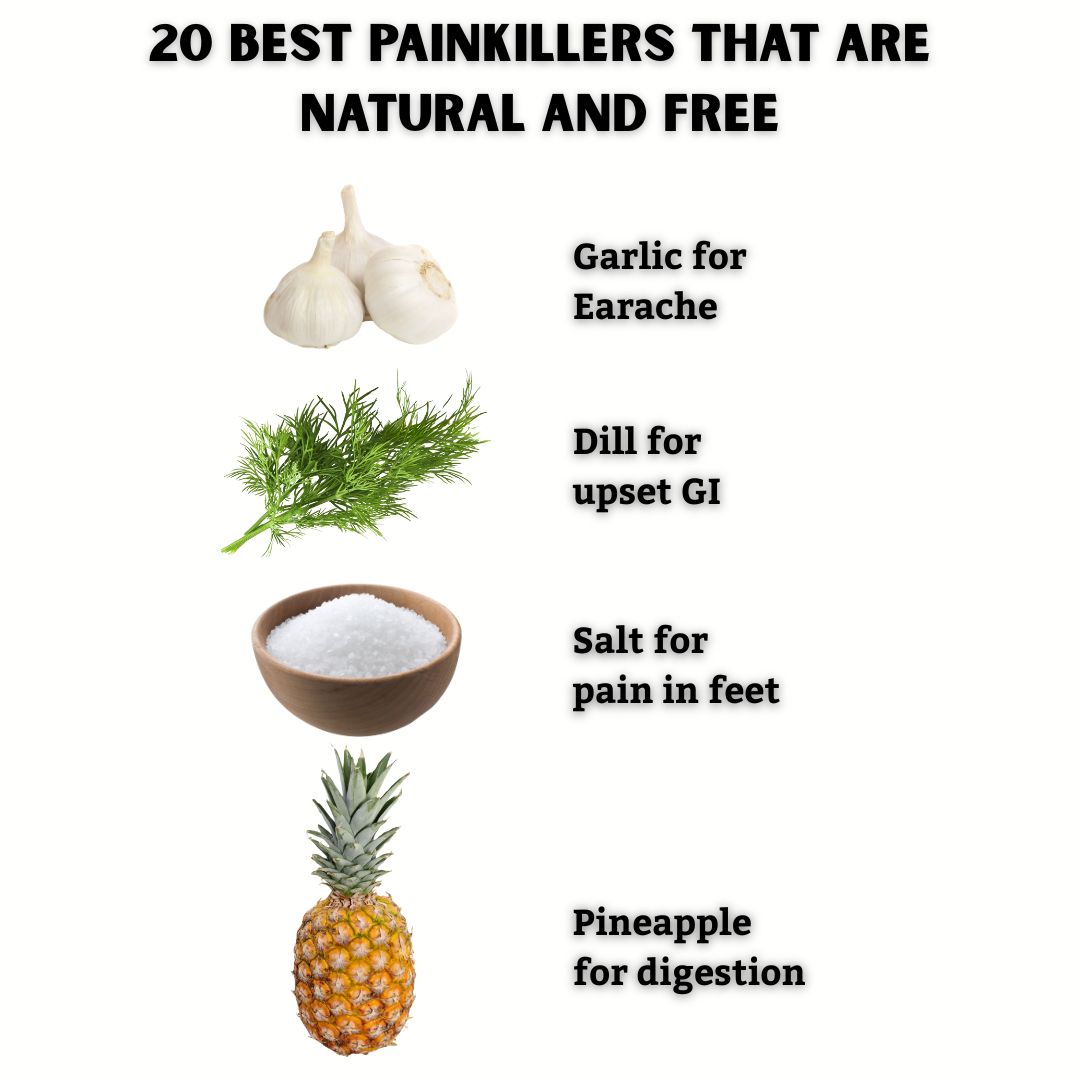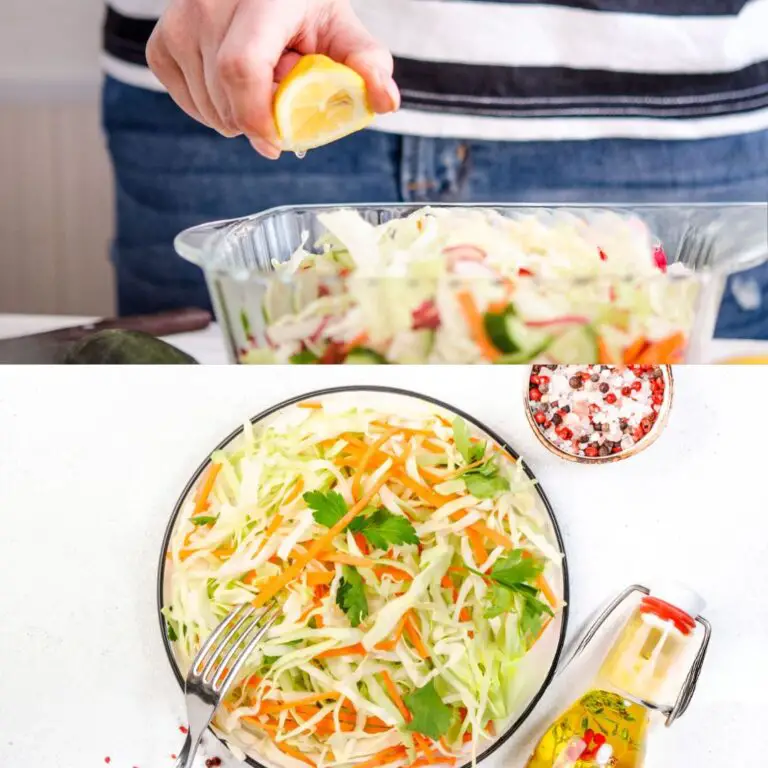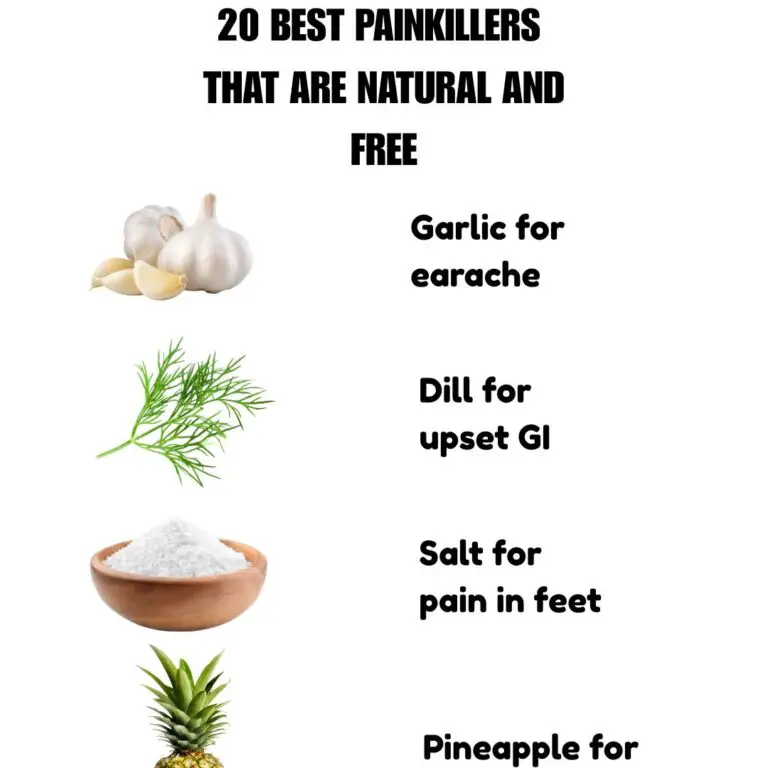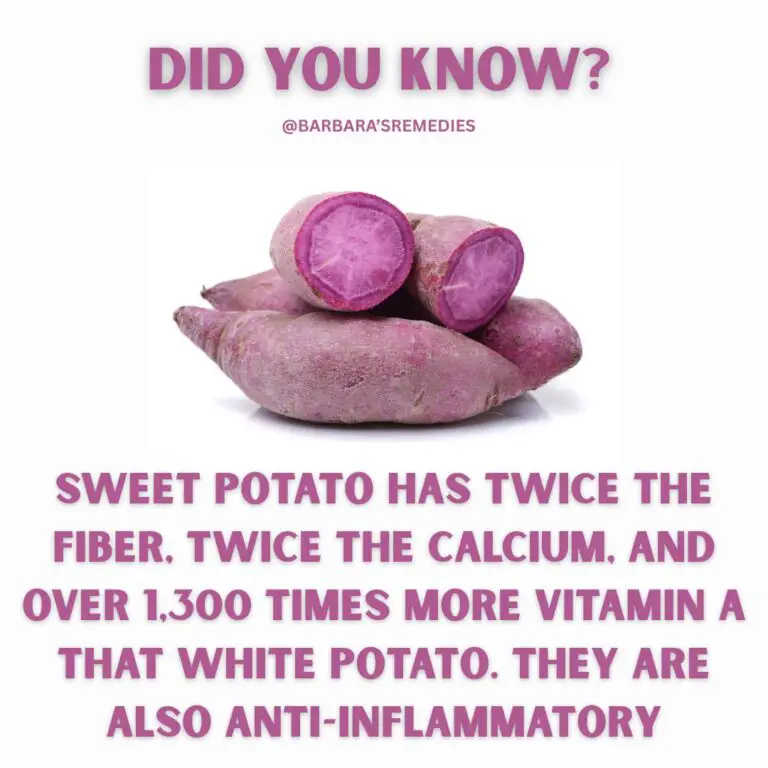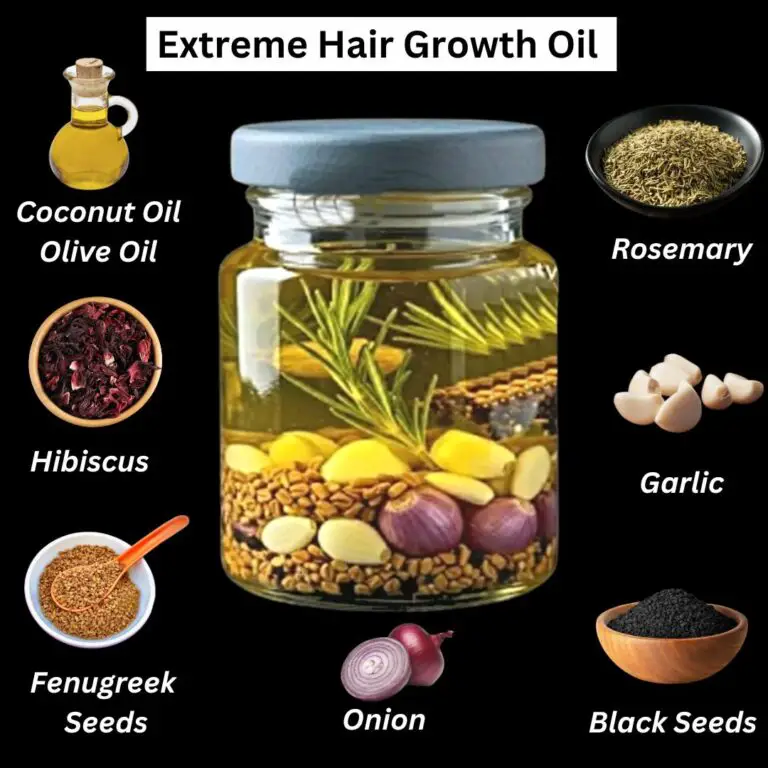20 Best Painkillers That Are Natural and Free: Your Ultimate Guide to Relief Without Medication
Introduction
Pain disrupts our daily lives, from nagging headaches to muscle aches and chronic joint discomfort. While conventional painkillers provide quick relief, many seek alternatives that are natural, safe, and free — harnessing the body’s own healing powers without chemicals or cost. Imagine using simple, accessible methods that require no prescriptions or expensive treatments. This guide reveals the 20 best natural and free painkillers to help you manage pain holistically and effectively. Let’s explore how you can turn everyday resources into your personal pain relief toolkit.
Why You’ll Love These Natural Painkillers
You’ll love these natural painkillers because they are:
- Completely free — no need to buy anything special.
- Safe and gentle — no side effects like those from medications.
- Empowering — you control your pain management.
- Versatile — usable anytime, anywhere.
- Holistic — improving your overall well-being alongside pain relief.
Unlike relying solely on drugs, these methods support your body’s innate healing and improve mood, sleep, and stress — factors tightly linked to pain.
Ingredients (Natural Painkillers)
Here are the natural “ingredients” for pain relief:
- Deep breathing exercises
- Mindfulness meditation
- Heat therapy (warm compresses)
- Cold therapy (ice packs)
- Gentle movement (walking, stretching, yoga)
- Acupressure
- Aromatherapy with essential oils (e.g., lavender, peppermint)
- Hydration
- Magnesium-rich foods (nuts, leafy greens)
- Turmeric
- Ginger
- Quality restorative sleep
- Sunshine (Vitamin D)
- Massage
- Music therapy
- Visualization and guided imagery
- Herbal teas (chamomile, peppermint)
- Positive social interaction
- Laughter and humor
- Gratitude journaling
Necessary Tools
Minimal tools needed for these natural remedies include:
- Quiet space for meditation
- Comfortable clothes for movement
- Heating pad or warm towel
- Ice pack or frozen vegetables
- Essential oils and diffuser or cotton ball
- Water bottle
- Journal
- Headphones or speaker for music
- Yoga mat or comfortable chair
- Smartphone for guided apps
Ingredient Swaps and Additions
Feel free to customize:
- Swap lavender oil for eucalyptus or chamomile if preferred.
- Replace peppermint tea with ginger or turmeric tea.
- Choose walking if yoga doesn’t suit you.
- Alternate heat and cold therapy depending on pain type.
- Use phone/video chats for social connection when in-person isn’t possible.
- Add magnesium supplements or foods as needed.
Step-by-Step Instructions
1. Deep Breathing for Instant Calm
Sit comfortably. Inhale through your nose for 4 seconds, hold for 7, exhale for 8. Repeat 5 minutes. This activates your parasympathetic nervous system to reduce pain perception. For more on breathing techniques, visit Harvard Health’s guide on breathing exercises.
2. Mindfulness Meditation
Sit quietly, focus on your breath and bodily sensations without judgment for 10-15 minutes daily. This reduces emotional suffering linked with chronic pain. Apps like Headspace and Calm can help beginners.
3. Heat Therapy
Apply moist heat to sore muscles for 15-20 minutes to improve circulation and ease stiffness. This works wonders for tension-related pain. Learn more about heat therapy at the Mayo Clinic’s resource.
4. Cold Therapy
Wrap an ice pack in cloth and apply to inflamed areas for 10-15 minutes every couple of hours during acute pain flare-ups.
5. Gentle Movement
Try yoga poses like Cat-Cow or Child’s Pose, or simply walk 20 minutes daily to release endorphins and increase joint flexibility. Check out beginner yoga at Yoga with Adriene.
6. Aromatherapy
Diffuse lavender or peppermint essential oils, or apply diluted topically to temples or neck. These oils soothe the nervous system. See National Association for Holistic Aromatherapy for safety and usage.
7. Hydration and Nutrition
Drink plenty of water to keep tissues healthy. Incorporate turmeric and ginger in meals or teas — both have potent anti-inflammatory effects. WebMD’s guide on turmeric is a good resource.
8. Restorative Sleep
Prioritize 7-9 hours of quality sleep to promote healing and pain modulation.
9. Massage and Self-Acupressure
Use fingers or a ball to relieve muscle knots or press acupressure points like LI4 for headaches. Learn more about acupressure at Acupuncture Today.
10. Mental and Emotional Support
Listen to soothing music, practice visualization, write gratitude journals, and laugh often. These improve pain tolerance and mood. For science-backed music therapy, visit American Music Therapy Association.
Pro Tips for Success
- Practice daily for cumulative benefits.
- Combine methods — try heat plus meditation.
- Modify intensity to avoid worsening pain.
- Keep a pain diary to track what works.
- Don’t hesitate to consult professionals if pain persists.
Serving Suggestions
Incorporate these natural painkillers into daily life:
- Morning breathing and stretches
- Aromatherapy during work
- Evening herbal tea and gratitude journaling
- Regular walks outdoors for movement and sunshine
- Gentle massage while watching TV
Storing and Reheating
- Store essential oils in dark glass bottles, away from light.
- Brew herbal teas fresh or refrigerate for up to 24 hours.
- Maintain hydration with accessible water bottles.
- Keep meditation and relaxation spaces clutter-free.
Nutritional Information
Key nutritional highlights of anti-inflammatory foods:
- Turmeric: Curcumin combats inflammation and oxidative stress.
- Ginger: Antioxidant and anti-inflammatory, relieves muscle soreness.
- Magnesium (nuts, leafy greens): Muscle and nerve relaxation.
- Hydration: Essential for cellular function and toxin removal.
FAQs
1. Can these natural painkillers replace medications?
They are excellent complements but consult your doctor for severe or chronic pain.
2. How fast do these methods work?
Heat and breathing provide quick relief; meditation and diet changes take longer.
3. Are essential oils safe?
Yes, but always dilute and patch test. Avoid some oils during pregnancy.
4. Can these be used with mobility challenges?
Absolutely; many techniques adapt to all levels.
5. How often should these be practiced?
Daily use yields the best results.
Conclusion
Natural painkillers are accessible, free, and effective tools that empower you to manage pain holistically. By incorporating these simple practices and lifestyle changes, you can reduce pain, improve your mood, and enhance your quality of life without costly or risky medications. Begin exploring these remedies today and discover your own personalized path to relief.

